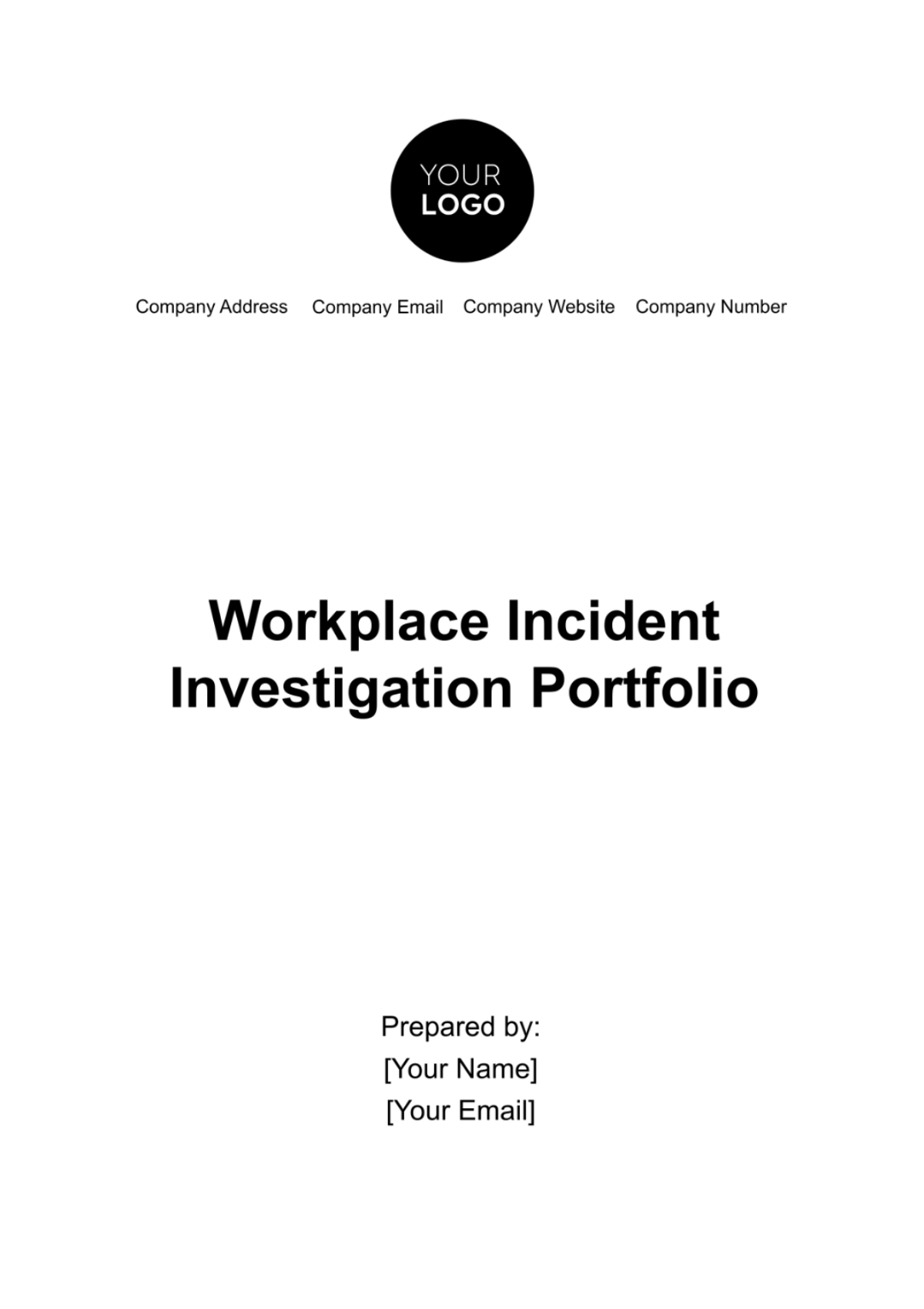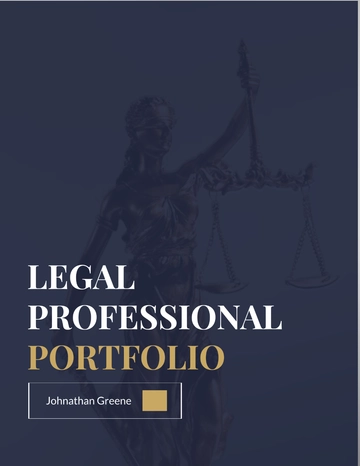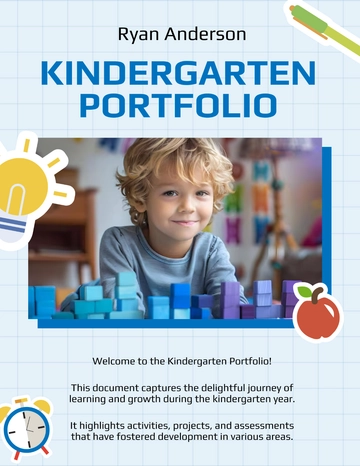Free Workplace Incident Investigation Portfolio

I. Executive Summary
A. Brief Overview of the Incident
On [Month Day, Year] at [Time], an incident occurred at [Location] involving [Description of Incident]. This Workplace Incident Investigation Portfolio provides a comprehensive analysis of the incident, identifies root causes, and proposes corrective actions to prevent similar occurrences.
B. Key Findings and Recommendations
The investigation revealed [Key Findings], leading to the following recommendations:
1. Key Findings
a. Inadequate Training
Several employees involved in the incident lacked sufficient training on [specific procedure or equipment].
Training records indicate gaps in [training program] completion.
b. Equipment Malfunction
The incident was exacerbated by the malfunction of [specific equipment].
Maintenance logs reveal irregularities in equipment checks and upkeep.
c. Communication Breakdown
Communication breakdowns between [departments/teams] contributed to delays in responding to the incident.
Poor communication protocols were evident during the emergency response.
2. Recommendations
a. Enhance Training Programs
Implement a comprehensive training program for all employees involved in [specific tasks].
Conduct regular training reviews and assessments to ensure ongoing competence.
b. Improve Equipment Maintenance Protocols
Revise and enforce a more rigorous equipment maintenance schedule for [specific equipment].
Implement a system for real-time reporting of equipment issues.
c. Strengthen Communication Protocols
Review and update communication protocols between [departments/teams].
Conduct cross-departmental communication drills to improve coordination.
C. Proposed Corrective Actions
To address the identified issues, the following corrective actions are proposed:
Short-term measures to mitigate immediate risks
Long-term preventive measures to enhance workplace safety
II. Incident Overview
The incident occurred on [Date] at [Time] in [Location], involving [Description of Incident]. Employees [Names] were directly affected, and witnesses [Names] provided valuable insights. Immediate actions included [List of immediate response actions], with adherence to emergency procedures such as [specific emergency protocols]. The incident highlighted potential shortcomings in [relevant processes], prompting a thorough investigation.
III. Investigation Team and Scope
The investigation team comprised [Safety Officer 1], [Safety Officer 2], [HR Representative], and [External Consultant (if applicable)]. Our objective was to identify root causes and analyze contributing factors, focusing on [Specific Areas Under Investigation]. This collaborative approach ensured a comprehensive assessment, drawing from diverse perspectives and expertise.
IV. Methodology
Our investigation process involved in-depth interviews with [List of individuals interviewed], a meticulous review of documents, including [List of documents reviewed], on-site inspections of [Specific areas or equipment inspected], and the analysis of [Data sets or metrics analyzed]. The combined data collection methods allowed for a holistic understanding of the incident, contributing to the accuracy of our findings.
V. Root Cause Analysis
Immediate causes, including [List of immediate causes], and underlying factors such as [List of underlying causes], were identified. A Fishbone (Ishikawa) diagram visually represented these elements, providing a comprehensive view of the incident's root causes. Contributing factors like [List of contributing factors] were also analyzed, ensuring a thorough examination of the incident's complexity.
VI. Findings
Our investigation revealed [Summary of Findings], emphasizing [Key Insights] related to the incident. Conclusions drawn from the analysis underscored [Central Conclusions], reinforcing the importance of addressing the identified issues promptly. The lessons learned from this incident serve as valuable insights for ongoing improvement in our safety protocols and procedures.
VII. Recommendations
A. Corrective Actions
1. Enhance Training Programs
Implement a comprehensive training program for employees involved in [specific tasks]. Regular training reviews and assessments will ensure ongoing competence and adherence to safety protocols.
2. Improve Equipment Maintenance Protocols
Revise and enforce a rigorous equipment maintenance schedule for [specific equipment]. Implement a system for real-time reporting of equipment issues to ensure prompt resolution.
3. Strengthen Communication Protocols
Review and update communication protocols between [departments/teams]. Conduct cross-departmental communication drills to improve coordination and response times during emergencies.
B. Implementation Plan
1. Short-Term Measures
Conduct immediate training sessions for relevant employees.
Perform an emergency equipment audit and address identified issues promptly.
2. Long-Term Preventive Measures
Overhaul the comprehensive training program.
Implement a predictive maintenance system for [specific equipment].
Update and streamline communication protocols, conducting regular drills.
VIII. Communication
A. Internal Communication Plan
Notification of the incident and key findings will be communicated to all employees involved. Detailed briefings will be conducted to ensure a clear understanding of the incident, its causes, and the proposed corrective actions. Feedback and questions from employees will be welcomed and addressed promptly.
B. External Communication
If required by regulatory authorities, external communication will be managed transparently and in compliance with legal obligations. Relevant stakeholders, including regulatory bodies, will be informed of the incident, investigation process, and corrective actions taken.
IX. Follow-Up and Monitoring
A. Procedures for Monitoring Corrective Actions
A dedicated follow-up team will be assigned to monitor the implementation of corrective actions. Regular progress reports will be generated and reviewed to ensure that all actions are completed within the specified timelines. Any deviations or challenges encountered during the implementation will be promptly addressed.
B. Follow-Up Investigation
A follow-up investigation will be conducted to assess the effectiveness of implemented corrective actions. This investigation will focus on evaluating whether the measures taken have successfully addressed the root causes and mitigated the identified risks.
X. Documentation and Records
All documents related to the incident investigation, meticulously compiled in this portfolio, serve as a comprehensive record of the investigative process. From the initial incident reports and witness statements to photographs and communication records, every piece of information is cataloged for future reference. This organized repository facilitates thorough reviews, audits, and continuous improvement initiatives. Access to these documented records is restricted to authorized personnel, ensuring confidentiality and compliance with data protection regulations. The transparency and completeness of this documentation contribute to a robust safety culture, fostering accountability and facilitating the ongoing commitment to proactive risk management.
XI. Conclusion
This Workplace Incident Investigation Portfolio encapsulates the dedication to understanding and rectifying the incident's root causes. The collaborative effort of the investigation team, the invaluable insights from witnesses, and the cooperation of relevant departments underscore the commitment to workplace safety. Acknowledging the lessons learned, this portfolio sets the stage for continuous improvement, guiding the evolution of safety protocols and procedures. As we move forward, these insights will not only enhance our response to similar incidents but also fortify our proactive measures, ensuring a safer and healthier work environment for all.
- 100% Customizable, free editor
- Access 1 Million+ Templates, photo’s & graphics
- Download or share as a template
- Click and replace photos, graphics, text, backgrounds
- Resize, crop, AI write & more
- Access advanced editor
Unravel workplace incidents seamlessly with Template.net's Workplace Incident Investigation Portfolio Template. This editable and customizable template, equipped with our AI Editor Tool, streamlines incident documentation and analysis. Effortlessly tailor reports and findings, ensuring comprehensive resolution and future prevention strategies. Elevate your incident management with Template.net's intuitive solution.





























